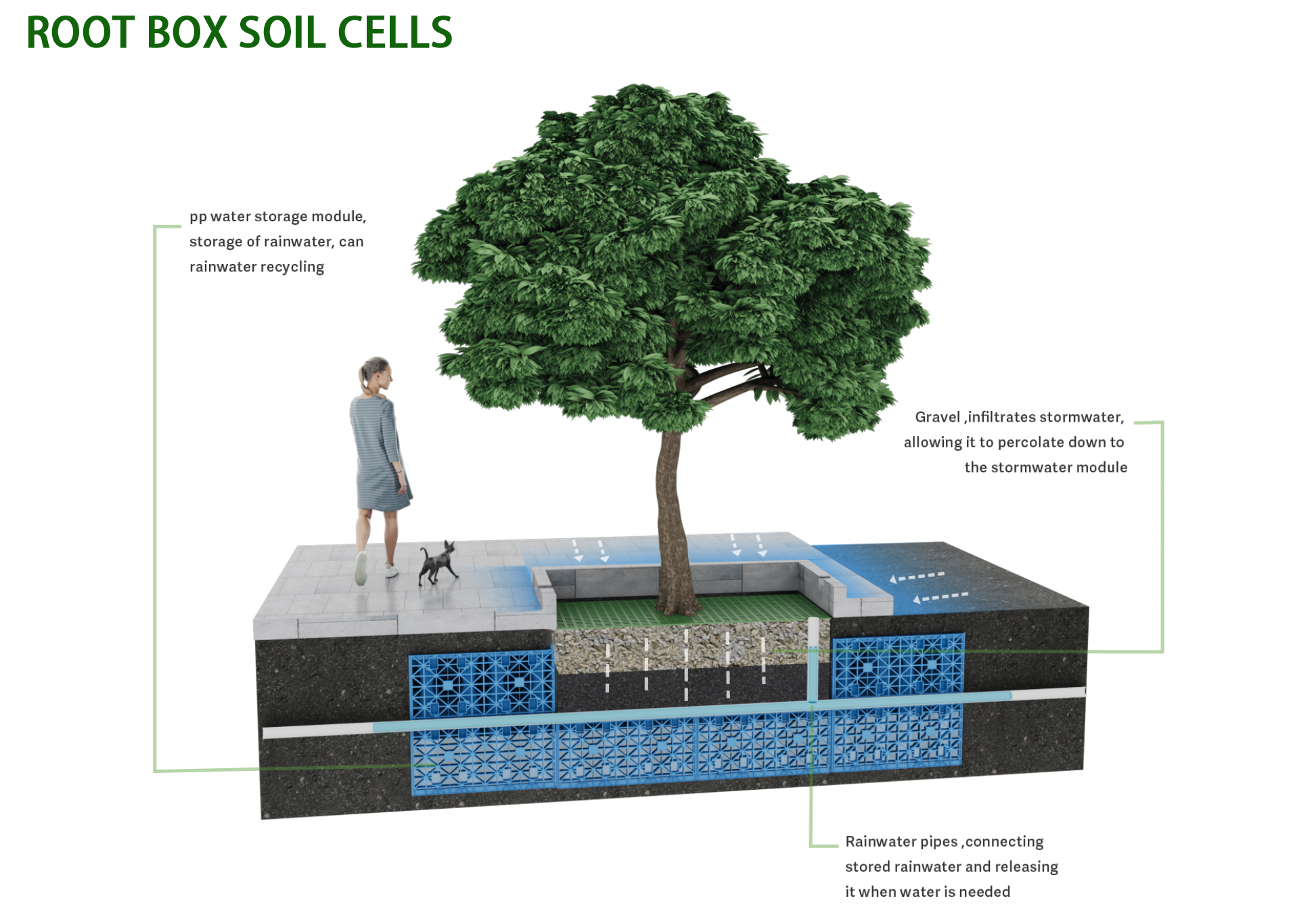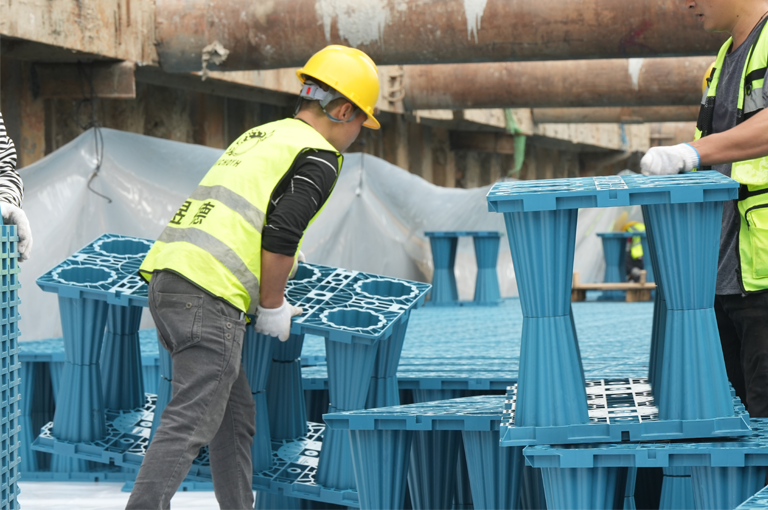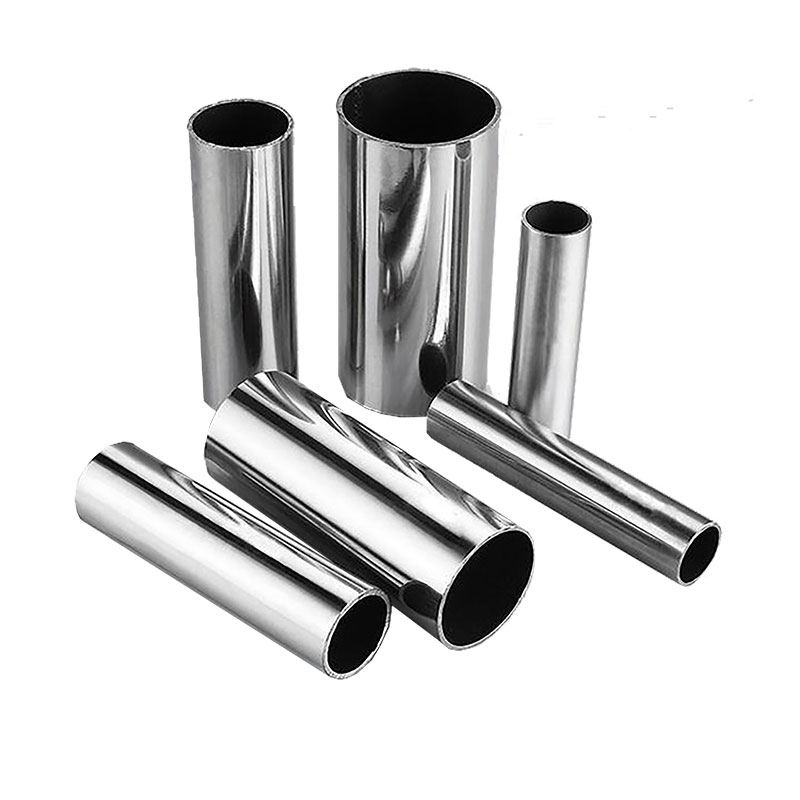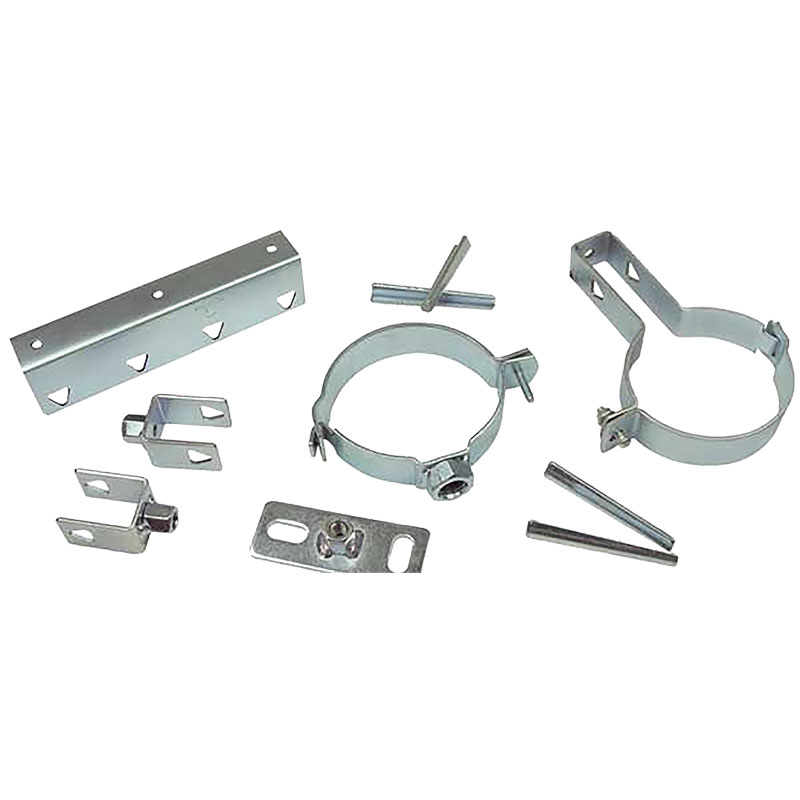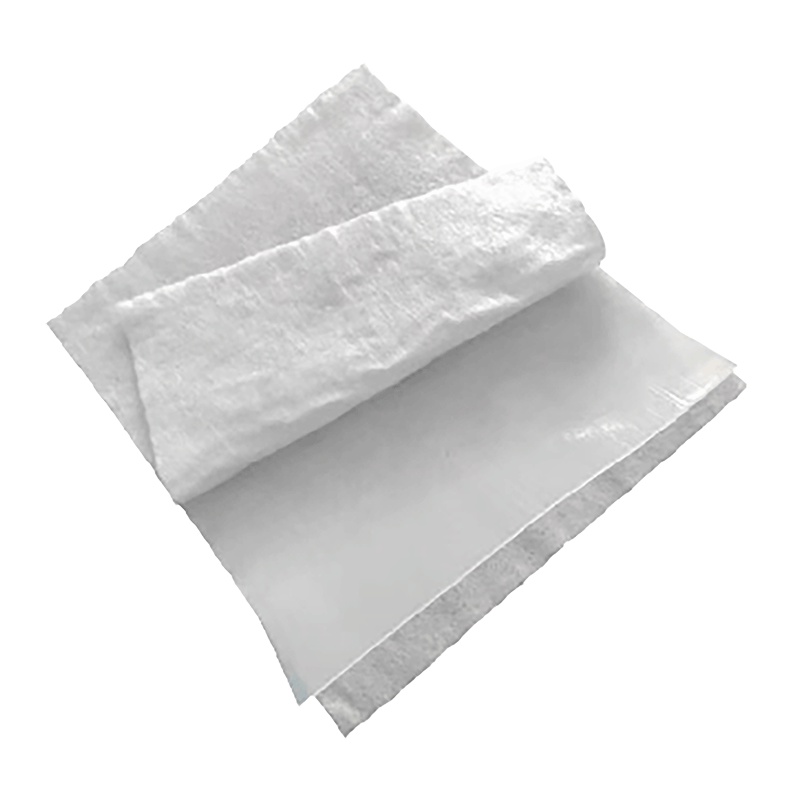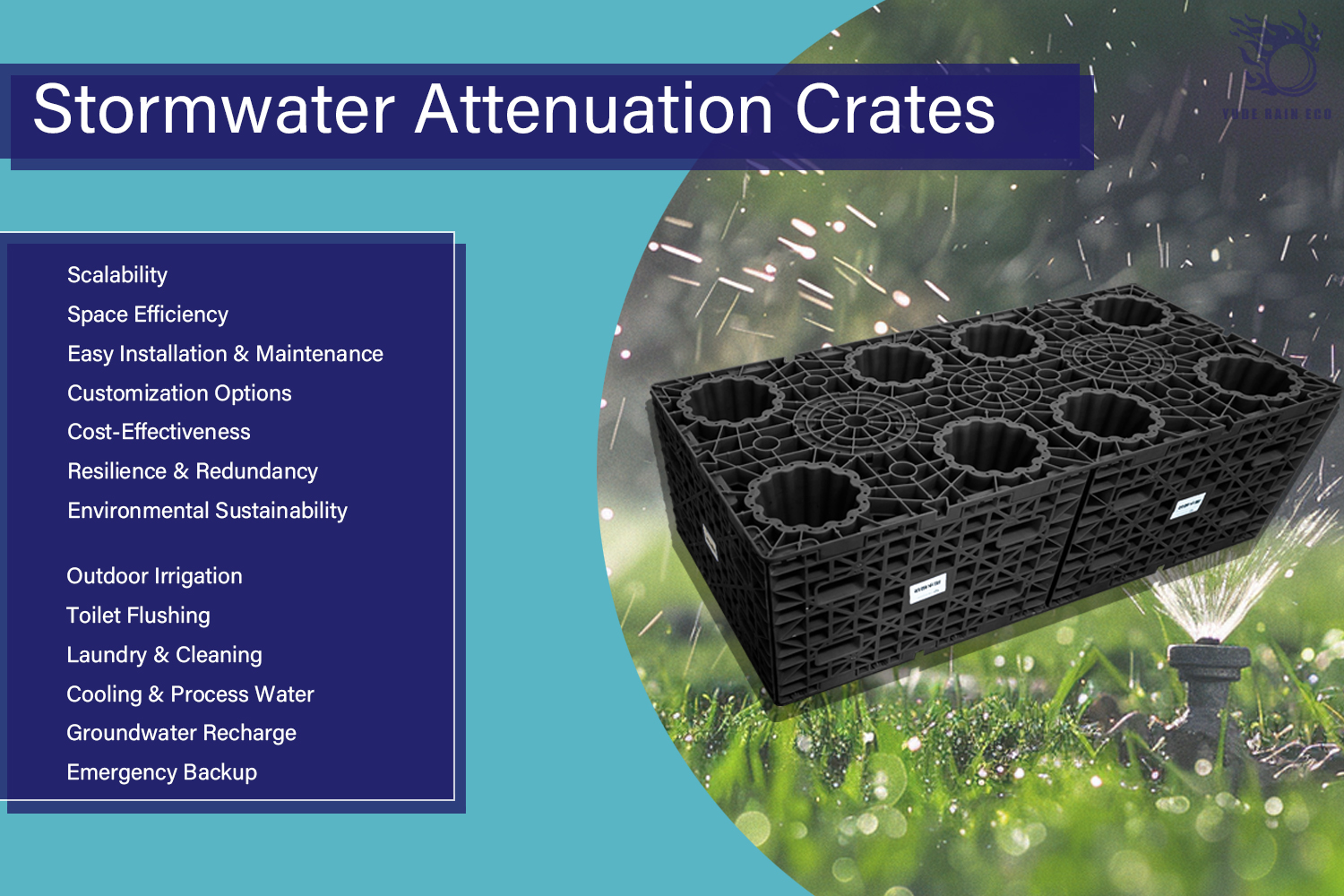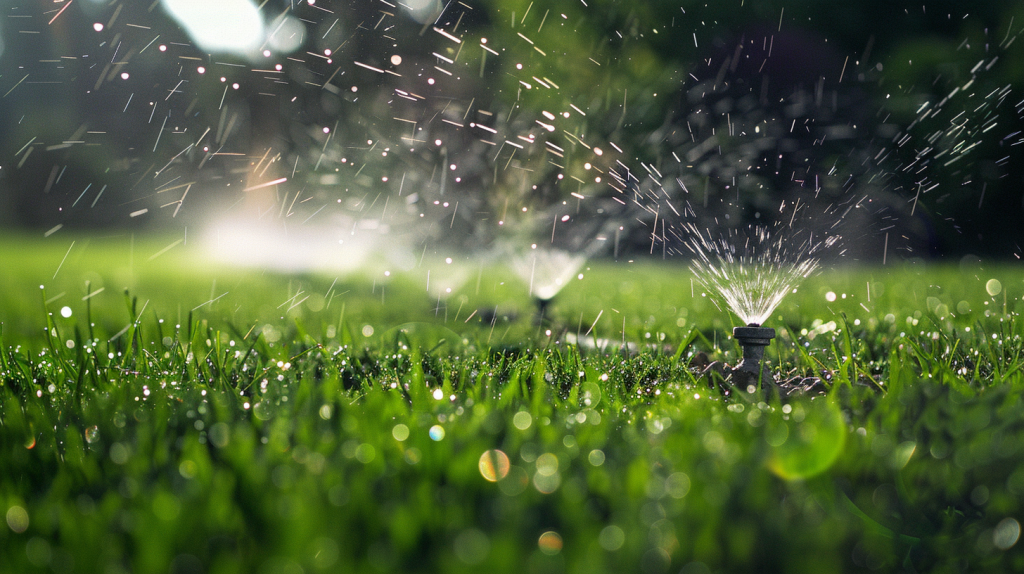Introduction
Rainwater harvesting is a vital practice for sustainable water management, particularly in regions facing water scarcity or frequent droughts. By capturing and storing rainwater, communities can reduce their reliance on municipal water supplies, lower their water bills, and contribute to environmental conservation. This guide explores the legality of rainwater harvesting, various harvesting approaches, methods for stormwater storage, and the approximate costs of different systems. Additionally, we’ll provide specific steps and components involved in these processes to help you understand and implement effective rainwater harvesting solutions.
Is Rainwater Harvesting Illegal?
Rainwater harvesting is a sustainable practice that captures and stores rainwater for future use, reducing the demand on traditional water supplies and improving water security. However, its legality varies across different regions. In some places, it is encouraged and supported through incentives, while in others, it is restricted or regulated to protect water rights and resources.
Legal Considerations
- United States: In the U.S., rainwater harvesting laws differ by state. For example, Colorado has strict regulations due to prior appropriation water rights, but recent laws have allowed limited rainwater collection for residential use. Conversely, Texas encourages rainwater harvesting through tax exemptions and public education campaigns .
- Australia: Rainwater harvesting is generally legal and encouraged. Government rebates are available to promote the installation of rainwater tanks .
- India: In many Indian states, rainwater harvesting is mandatory for new constructions, particularly in urban areas, to address water scarcity .
To ensure compliance, always check local regulations and obtain any necessary permits before installing a rainwater harvesting system.
Benefits of Rainwater Harvesting
- Reduces dependency on municipal water supply.
- Mitigates flood risks by managing stormwater runoff.
- Provides an alternative water source during droughts.
Rainwater Harvesting Approach

1. Rooftop Rainwater Harvesting
Rooftop rainwater harvesting involves collecting rainwater from building rooftops and directing it through a system of gutters and pipes to a storage tank or reservoir.
Steps:
- Collection: Rainwater is captured from the roof using gutters.
- Conveyance: Water is transported through pipes to a storage system.
- Filtration: Debris and contaminants are removed using filters.
- Storage: Water is stored in tanks for future use.
Components:
- Catchment Area: The roof surface.
- Gutters and Downspouts: Channels for water conveyance.
- First Flush Diverter: Removes initial runoff containing debris .
- Filters: Screens or mesh to filter out particles.
- Storage Tanks: Containers to store the harvested water.
Usage: Ideal for domestic use, garden irrigation, and non-potable applications.
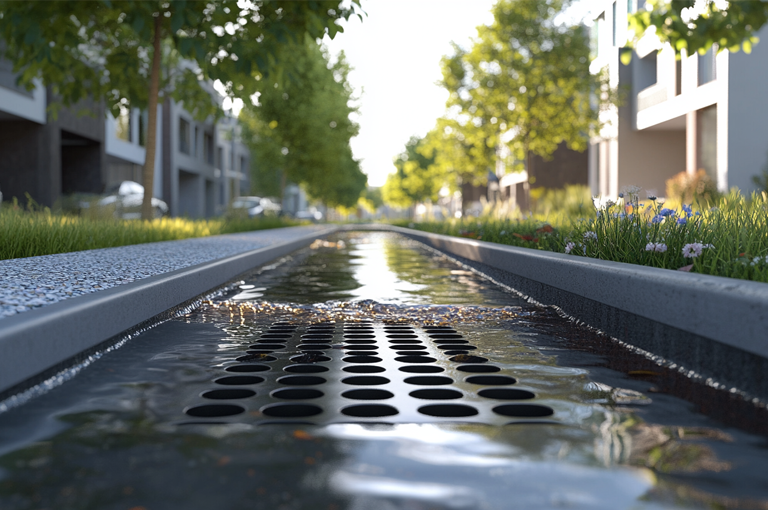
2. Surface Runoff Harvesting
Surface runoff harvesting captures rainwater from surfaces like driveways, patios, and lawns, directing it into underground storage tanks.
Steps:
- Collection: Runoff is collected from impermeable surfaces.
- Conveyance: Water is directed through channels or pipes.
- Filtration: Sediments and debris are filtered out .
- Storage: Water is stored in underground tanks.
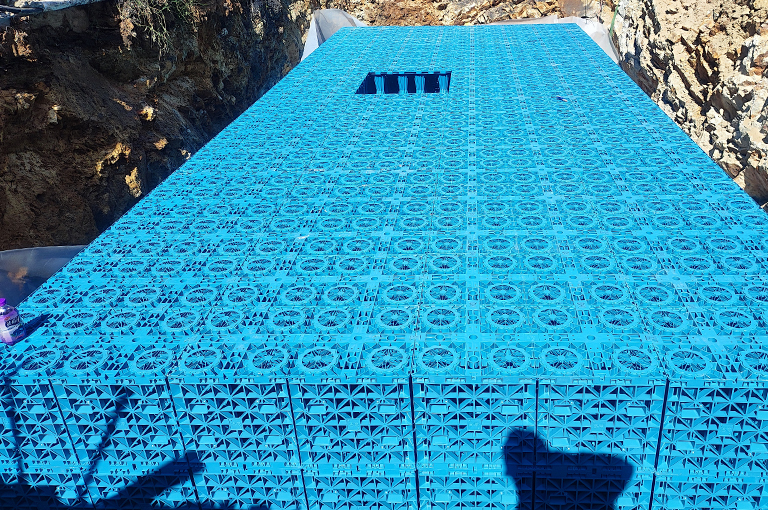
2.1 What is a Rainwater Harvesting Underground Tank?
A rainwater harvesting underground tank is a storage solution installed below ground level to collect and store rainwater captured from surface runoff. These tanks are particularly useful in urban areas where space is limited, and they help manage large volumes of water effectively.
Components:
- Catchment Area: Paved surfaces or landscaped areas.
- Inlets and Channels: Pathways for water conveyance.
- Sedimentation Chamber: Settles out large particles.
- Storage Tanks: Underground tanks made of concrete, plastic, or fiberglass .
Usage: Suitable for irrigation, groundwater recharge, and potable water supply after proper treatment.
What are the Methods and Components of Stormwater Storage?
Stormwater storage methods are essential for managing excess rainfall, preventing flooding, and improving water quality. Different methods are suitable for various applications based on the area, volume, and intended use.

Methods of Stormwater Storage
1. Detention Basins:
- Temporarily hold stormwater and release it slowly to prevent flooding.
- Components: Basin, inlet, outlet structure, spillway.
- Usage: Urban areas, flood control .

2. Retention Ponds:
- Permanently store water and provide habitat for wildlife.
- Components: Pond, inlet, outlet, vegetation.
- Usage: Residential areas, parks, commercial developments .
3. Rain Gardens(Urban Tree Ponds):
- Shallow, vegetated basins that absorb and filter stormwater.
- Components: Plants, soil, mulch, infiltration basin.
- Usage: Residential properties, community spaces .
4. Green Roofs:
- Vegetative layers on rooftops that absorb rainwater.
- Components: Waterproof membrane, drainage layer, soil, plants.
- Usage: Urban buildings, commercial properties .
5. Permeable Pavements:
- Porous surfaces that allow water to infiltrate.
- Components: Porous concrete or asphalt, gravel base.
- Usage: Parking lots, driveways, walkways .
6. Modular Rainwater Harvesting Systems (Rainwater Attenuation Tanks):
- Modular systems designed to manage and store stormwater efficiently.
- Components: Interlocking modular tanks, inlet/outlet pipes, geotextile fabric.
- Usage: Urban developments, industrial sites, large-scale residential projects .
Differences and Areas of Use
- Detention Basins vs. Retention Ponds: Detention basins are for temporary storage, while retention ponds hold water permanently. Detention basins are common in flood-prone areas, whereas retention ponds are used in residential and commercial landscapes.
- Rain Gardens vs. Green Roofs: Rain gardens are ground-level installations, whereas green roofs are elevated. Both manage stormwater but serve different spatial constraints.
- Permeable Pavements: Ideal for areas with high foot or vehicle traffic, allowing stormwater to infiltrate and recharge groundwater.
- Modular Systems: Suitable for areas with space constraints, offering flexibility and scalability in stormwater management.
Low Impact Development (LID) and Modular Rainwater Harvesting Systems
Low Impact Development (LID) is an approach to land development (or re-development) that works with nature to manage stormwater as close to its source as possible. LID employs principles such as preserving and recreating natural landscape features and minimizing effective imperviousness to create functional and appealing site drainage that treats stormwater as a resource rather than a waste product.
Correlation with Modular Rainwater Harvesting Systems:
- Efficiency: Modular systems are integral to LID as they effectively manage large volumes of stormwater, preventing runoff and promoting infiltration.
- Flexibility: The modular nature allows for easy integration into various urban landscapes without extensive excavation.
- Sustainability: Enhances groundwater recharge, reduces urban heat island effects, and supports sustainable urban drainage systems (SUDS).
By incorporating modular rainwater harvesting systems into LID designs, cities can achieve better stormwater management, reduce the risk of flooding, and improve urban water quality.
What are the Approximate Costs of Small-Medium-Large Rainwater Harvesting Systems?
The cost of rainwater harvesting systems varies based on size, complexity, and components. Here’s a breakdown of approximate costs for small, medium, and large systems.
Small Systems
- Capacity: Up to 5,000 liters
- Components: Basic gutters, downspouts, first flush diverter, small storage tank.
- Cost: $500 – $2,000 .
- Usage: Residential homes, small gardens.
Medium Systems
- Capacity: 5,000 – 20,000 liters
- Components: Advanced filtration, larger storage tanks, pumps.
- Cost: $2,000 – $10,000 .
- Usage: Larger residential properties, small commercial buildings, community gardens.
Large Systems
- Capacity: Over 20,000 liters
- Components: Extensive piping, advanced filtration and treatment systems, large storage tanks, automated controls.
- Cost: $10,000 – $50,000+ .
- Usage: Commercial buildings, agricultural applications, municipal projects.
Factors Influencing Costs
- System Complexity: More components and advanced features increase costs.
- Installation: Professional installation costs vary by region and complexity.
- Maintenance: Regular upkeep and replacement parts contribute to long-term costs.
Call to Action
Invest in efficient rainwater harvesting with Yude Rain Eco’s scalable solutions. For additional information and expert advice on rainwater harvesting systems, contact us for a customized quote and expert guidance tailored to your needs.
Our team is always produces the highest quality stormwater management products and provides the most efficient stormwater management solutions.
Key Sources:
- Rainwater Harvesting Regulations by State
- Texas Rainwater Harvesting Laws
- Australian Government Rainwater Rebates
- Rainwater Harvesting in India
- Rooftop Rainwater Harvesting Guide
- Surface Runoff Harvesting Techniques
- Underground Rainwater Harvesting Tanks
- Detention Basins
- Retention Ponds
- Rain Gardens
- Green Roofs
- Permeable Pavements
- Modular Rainwater Harvesting Systems
- Rainwater Harvesting Costs


